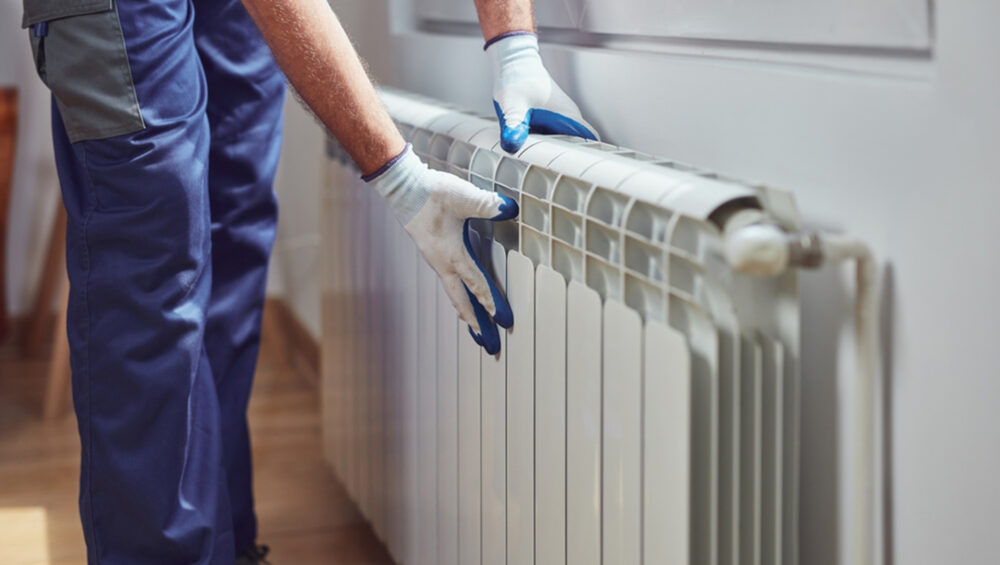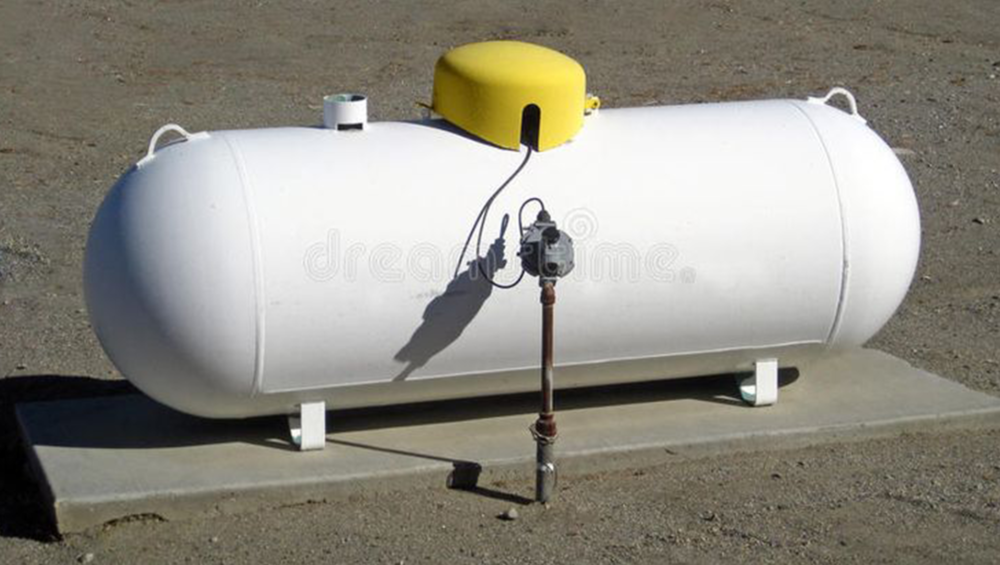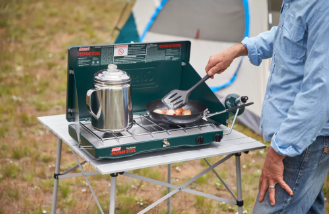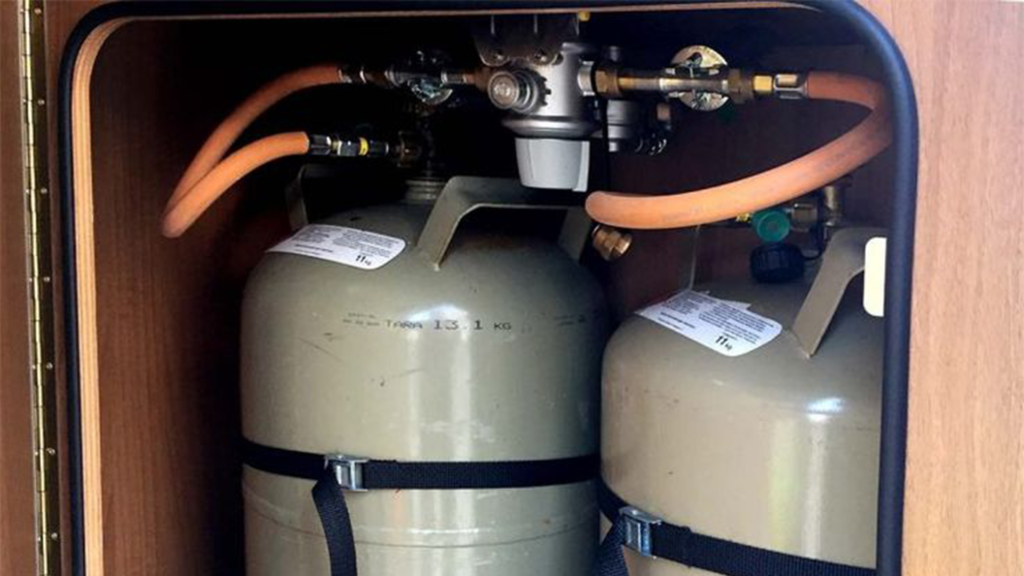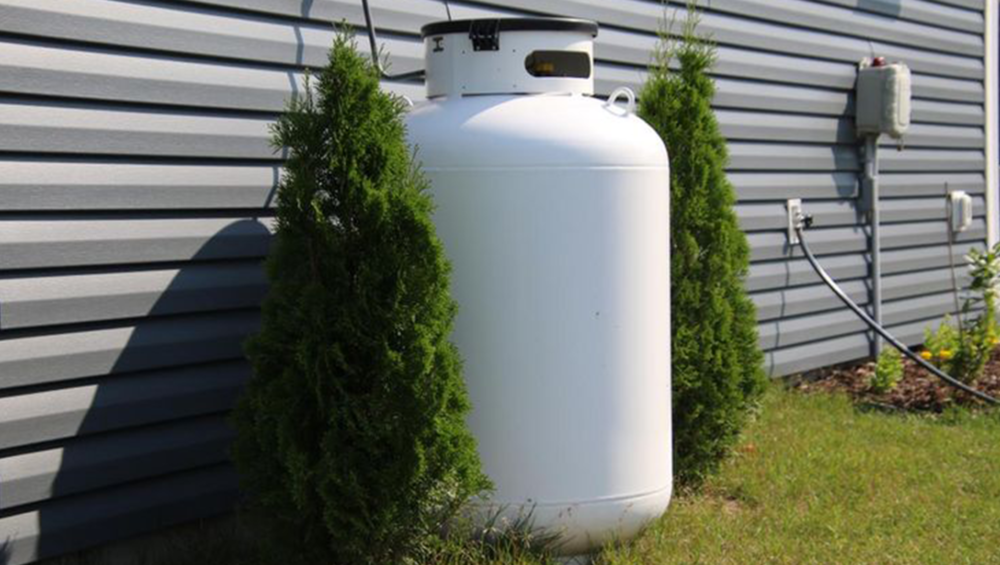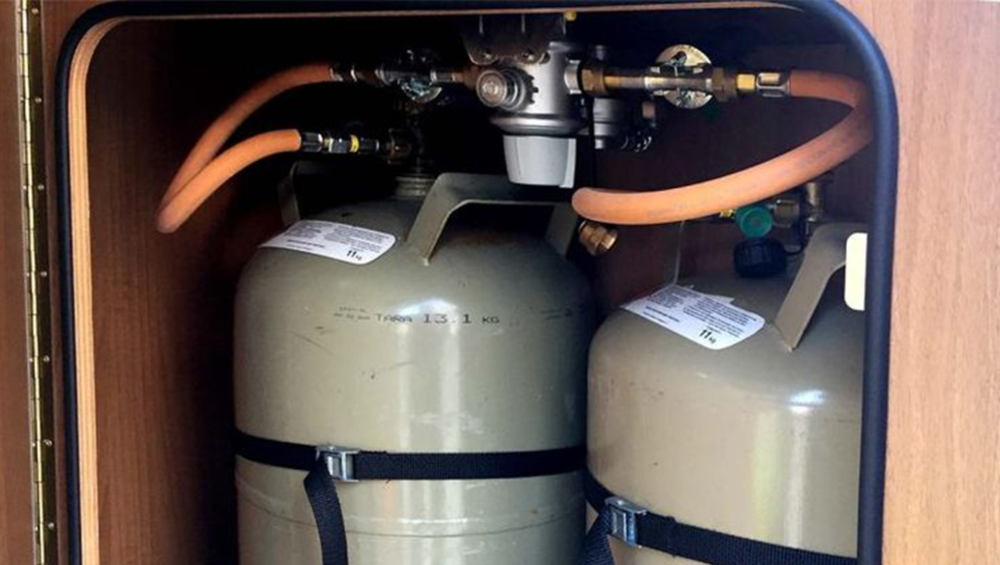Comparing Heating Costs: Propane vs. Electricity
Are you struggling to decide which option offers more cost-effective heating between propane and electricity? Both options have their advantages and drawbacks when considering factors like cost, convenience, and environmental impact. However, for many households and businesses, propane stands out as a better choice.
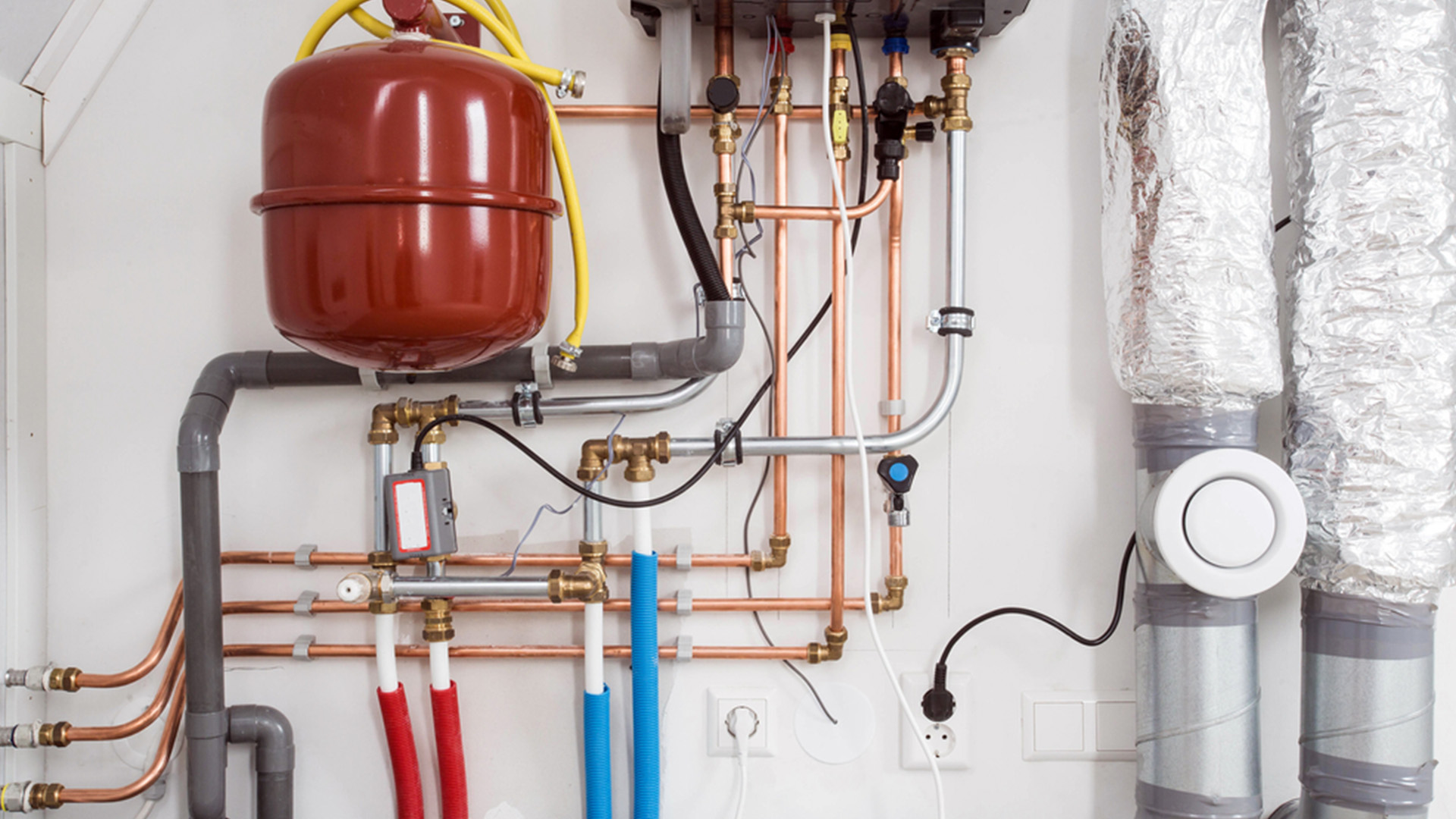 Propane as a Versatile Heating Solution
Propane as a Versatile Heating Solution
Propane is a popular choice amongst many households for heating in areas where natural gas is not readily available. One of the best benefits of propane is its versatility. It can power many appliances, such as furnaces, water boilers, stoves, and dryers. Propane tanks are commonly used to store this fuel, and you can easily find suppliers by searching for “propane near me” or “propane companies near me.”
Electricity as a Common Heating Source
Electricity is another widely used heating source, especially in urban areas where propane may be less common. One of the advantages of electric heating is its simplicity. You don’t need to worry about storing fuel and refilling tanks, like with propane. However, it’s essential to consider the cost implications.
Why Propane Is a Better Choice
Let’s discuss the factors that make propane stand out as a superior option for many homes.
- Efficiency
Efficiency should be considered first when comparing heating costs. Propane is known for its high energy content, as it heats up faster. This means that less propane is needed to produce the same amount of heat as electricity, which results in lower energy bills. This feature makes it more efficient than electricity for heating purposes.
- Affordability
The estimated cost of propane is often more stable in comparison to electricity, which can fluctuate based on factors like demand and fuel prices. With propane, individuals can rely on predictable heating costs. This helps in saving money and engaging in effective budgeting.
- Convenience
Propane tanks provide an unmatchable level of convenience. Electricity availability relies on a continuous grid supply, whereas propane supply is continuous due to stored propane in tanks. This independence from the grid gives you a reliable source of energy even during power breakdowns, keeping your home comfortable and functional.
- Environmental Benefits
In addition to its efficiency and cost-effectiveness, propane is also a popular choice for its environmental benefits. Compared to electricity generated from fossil fuels, propane combustion produces fewer greenhouse gas emissions, making it a cleaner option for heating your home. By choosing propane, you can reduce your carbon footprint and support environmental sustainability.
Factors Influencing Cost of Heating
Several factors affect the cost of heating with propane or electricity. For propane, factors like delivery fees, ownership costs, and demand fluctuations can impact your expenses. On the other hand, electricity costs may vary based on time of use, energy efficiency of appliances, and taxes.
Making a Decision
To make a decision between propane and electricity for heating, consider your specific needs, budget, and environmental preferences. You can use the following pointers for a better comparison:
- Compare the cost per unit of energy (kWh for electricity, gallon for propane) to get an accurate cost comparison.
- Consider additional costs for propane and electricity.
- Evaluate the environmental impact by considering the cleanliness of the fuel and the available renewable energy options.
- Research local suppliers and utility providers to compare prices, services, and delivery fees before making a decision.
Conclusion
After a careful comparison between heating costs with propane and electricity, propane emerges as a better choice. This is due to its efficiency, affordability, and environmental benefits. With propane tanks readily available for sale and propane delivery services ensuring a reliable supply of fuel, homeowners and businesses can enjoy comfortable heating solutions without emptying their pockets.

